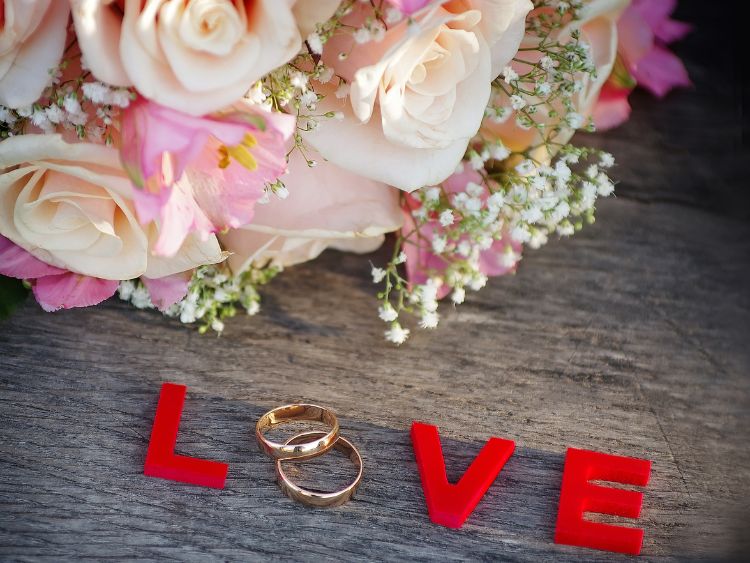Dressing for different occasions can sometimes feel like navigating a complex maze. You’re invited to an event, but the dress code says “semi-formal” or “formal.” And suddenly, you’re left wondering, what’s the real difference? This article will break down the key differences between semi-formal and formal attire so you never have to stress about whether you’re overdressed—or worse, underdressed.
What is Semi-formal Attire?
Let’s start with the more relaxed of the two—semi-formal attire. It’s a step above business casual but not as rigid as formal wear. Typically, semi-formal is the go-to dress code for cocktail parties, evening events, or weddings that don’t demand black tie or white tie. In essence, it strikes a balance between looking sharp and feeling comfortable.
For Men
- Suit: A dark suit, often in navy, charcoal, or black, works well. It’s not required to wear a tuxedo, but avoid casual sports jackets.
- Shirt: A crisp, collared dress shirt, usually in white or light pastel tones.
- Tie: A tie is optional but highly recommended. It doesn’t have to be black; feel free to go for subtle patterns.
- Shoes: Polished dress shoes like oxfords or loafers are a safe bet.
For Women
- Dress: A cocktail dress or a dressy skirt and blouse combination. Avoid full-length gowns.
- Fabrics: Silky, satin, or velvet materials offer a semi-formal look.
- Shoes: Heels or elegant flats. You can even opt for peep-toes or slingbacks.
- Accessories: Feel free to jazz it up with some jewelry, but don’t go overboard.
Key Characteristics of Semi-formal
- Relaxed but polished
- Versatile and flexible options
- Fewer rules, allowing for a bit more creativity
What is Formal Attire?
Now let’s take it up a notch with formal attire. Formal events demand a high level of sophistication, and the dress code reflects that. Think along the lines of galas, black-tie weddings, or state dinners where elegance is non-negotiable.
For Men
- Tuxedo: A classic black or midnight blue tuxedo is the cornerstone of formal wear.
- Bow Tie: A black bow tie is typically the standard, though some opt for white depending on the event.
- Shirt: A white dress shirt, usually with a wingtip or turndown collar.
- Shoes: Polished black patent leather shoes.
For Women
- Gown: A floor-length gown is the epitome of formal attire. Opt for luxurious fabrics like silk, satin, or velvet.
- Shoes: High heels are usually expected, but ensure they’re comfortable if you’ll be on your feet for extended periods.
- Accessories: Sparkly, elegant, and sometimes dramatic, such as chandelier earrings or statement necklaces.
Key Characteristics of Formal
- Rigid and specific guidelines
- Elegance is key
- Reserved for high-end or ceremonial events
Semi-formal vs Formal: The Key Differences
Now that we’ve gone over what each dress code entails, let’s get into the semi-formal vs formal debate. It’s easy to mix the two up because they’re both more polished than everyday attire, but understanding their distinctions will help you choose the right outfit.
Level of Sophistication
One of the most significant differences between semi-formal and formal wear is the level of sophistication. Formal attire requires you to be at the top of your game, offering no room for interpretation. Semi-formal, on the other hand, gives you more leeway, allowing for a mix of personal style and comfort.
- Formal events typically demand black tie, full-length gowns, and tuxedos.
- Semi-formal events allow cocktail dresses, suits, and sometimes even more casual accessories like a tie-free shirt or less ornate jewelry.
Flexibility
When it comes to flexibility, semi-formal attire takes the crown. It allows you to adapt your outfit to the event’s tone without being too rigid. For example, at a semi-formal wedding, a sleek cocktail dress or a tailored suit could both work. At a formal event, though, there’s no room for misinterpretation: It’s a tux or nothing for men and a floor-length gown for women.
Occasion Type
- Formal events: Black-tie weddings, galas, fundraisers, state dinners.
- Semi-formal events: Cocktail parties, engagement dinners, and less extravagant weddings.
Footwear
Another notable difference between semi-formal and formal attire is the kind of footwear expected. In formal settings, men’s polished patent leather shoes and women’s high heels are a must. Meanwhile, semi-formal settings allow for a bit more creativity. Loafers for men or dressy flats for women are perfectly acceptable in semi-formal environments.
When to Choose Semi-formal Over Formal?
The dress code for an event will usually dictate whether you need to go formal or semi-formal, but there are still some gray areas where you might find yourself deciding between the two. Here are a few tips to help you choose.
- Is the event during the day or night?
Semi-formal attire is generally more appropriate for day or early evening events. Formal attire tends to be reserved for evening affairs. - What’s the tone of the event?
If it’s a business event or a slightly casual wedding, semi-formal attire will suffice. If you’re attending a black-tie affair, then formal is a must. - How long is the event?
Longer, more structured events like galas or award ceremonies typically require formal wear. Shorter, more casual events like a cocktail reception may call for semi-formal dress.
Semi-formal vs Formal: A Handy Checklist
If you’re still confused, here’s a quick checklist to help you decide.
- Event Type: Is it a wedding, gala, or state dinner (formal)? Or a cocktail party, engagement party, or casual wedding (semi-formal)?
- Time of Day: Evening events usually lean formal, while daytime events can be semi-formal.
- Your Comfort: Do you feel comfortable in a tuxedo or floor-length gown, or would you rather go for a suit or cocktail dress?
FAQs
1. Can I wear a cocktail dress to a formal event?
Typically, no. Formal events usually require full-length gowns for women. A cocktail dress is more suited to semi-formal occasions.
2. Is it okay to skip the tie for semi-formal events?
Yes, in some semi-formal settings, you can skip the tie, especially if the event leans towards the casual side of semi-formal. However, it’s always safer to wear one.
3. Are flats acceptable for semi-formal occasions?
Absolutely. Women can opt for elegant flats or low heels in a semi-formal setting. Just ensure they’re dressy enough to complement your outfit.
4. Do men need to wear a tuxedo for formal events?
Yes, a tuxedo is typically the standard for men at formal events. For extremely formal events, like white-tie affairs, you may even need tailcoats.
5. What’s the main difference between semi-formal and business casual?
Business casual is more relaxed, often allowing for khakis, loafers, and polo shirts. Semi-formal, however, requires a more polished look, with suits, dresses, and dress shoes.
Conclusion
Navigating the dress code can be tricky, but with the right understanding of semi-formal vs formal attire, you can show up looking the part. Semi-formal offers more flexibility and comfort, while formal wear is all about elegance and sophistication. The next time you get an invitation with a dress code, you’ll be able to confidently decide whether to don a tux or reach for that stylish cocktail dress.



